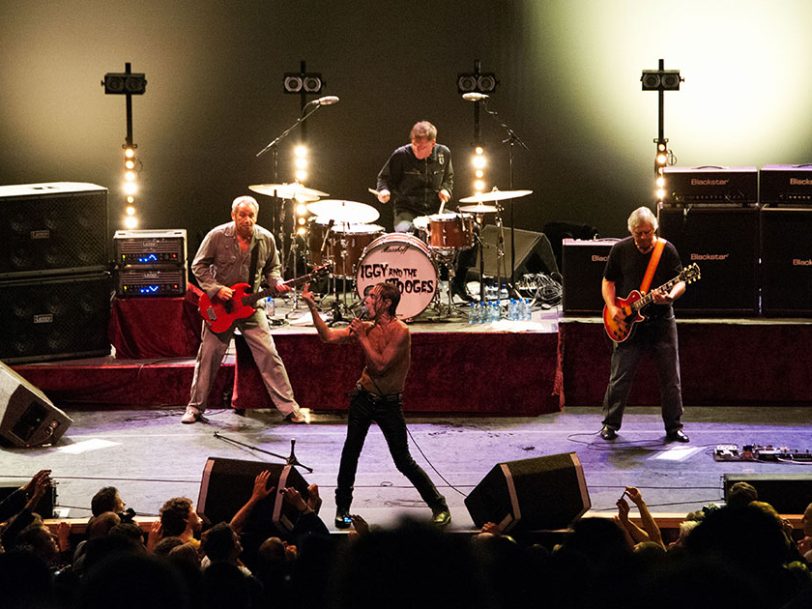The Stooges’ storied second album, Fun House, didn’t even dent the charts on release in the summer of 1970, yet its influence on rock’n’roll history is immense. Long since accepted as an underground classic, it’s now widely considered integral to the development of punk music, while grunge and its subsequent alt-rock lineage also owe the record a pretty hefty debt of gratitude.
Listen to ‘Fun House’ here.
“The Stooges were the truest rock band… the ultimate model”
“It was when I sat alone and listened to the album Fun House that I really got it. It was a profound experience,” former Black Flag/Rollins Band frontman and devoted Stooges fan Henry Rollins told Rolling Stone in 2020.
“That would have been July 1981 in the tape deck in the Black Flag van,” Rollins continued. “To say that ‘I got it’ would be an understatement. I understood that The Stooges were the best and truest rock band that I had ever heard and that I was never going to do anything nearly as good as that album… In the context of what I was doing with music, The Stooges were the ultimate model. You couldn’t be like them but you could aspire to that purity and lack of restraint.”




